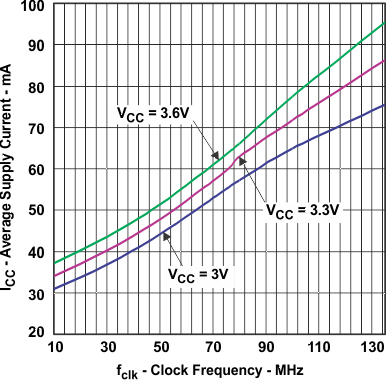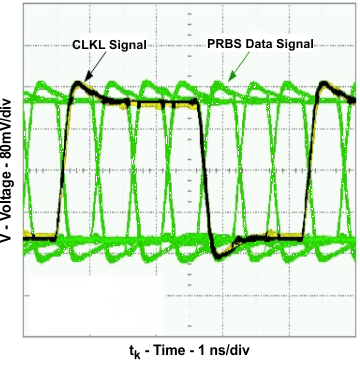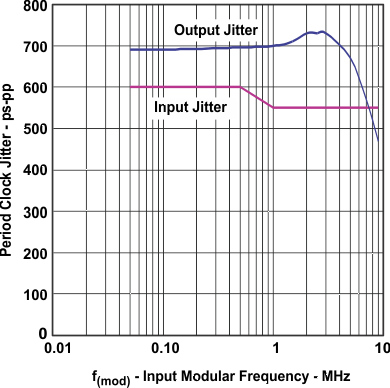ZHCSHV8B August 2009 – March 2015 SN65LVDS93A
PRODUCTION DATA.
7.8 Typical Characteristics

| Total device current (using grayscale pattern) over pixel clock frequency |

| Clock signal = 135 MHz |
Over One Clock Period

| CLK frequency during text = 100 MHz | ||